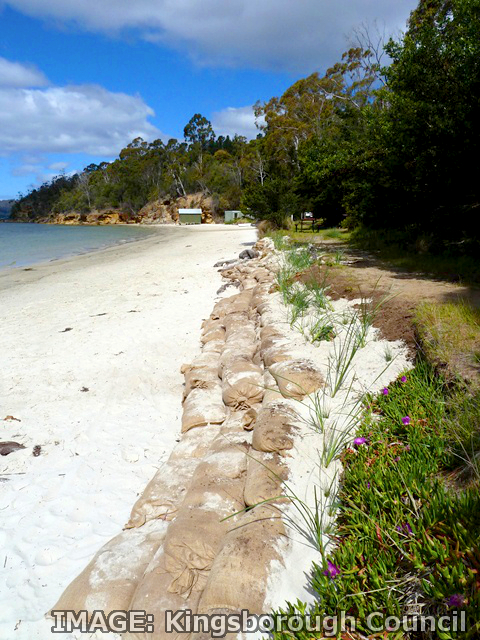'Blue ribbon' plan released
 A new strategy seeks to both protect and profit from areas within 50km of the ocean.
A new strategy seeks to both protect and profit from areas within 50km of the ocean.
Eighty-five per cent of Australians live within the ‘blue ribbon’ - the interconnected waterways, coasts and seas that surround Australia.
These areas support major industries, provide recreation and cultural heritage to communities, and offer new economic frontiers like offshore energy.
But there is an urgent need to manage this blue ribbon in a more sustainable way, to both build resilience to threats and position Australia for the huge opportunities associated with a sustainable blue economy.
A ten-year strategy launched this week by Future Earth Australia, a program of the Australian Academy of Science, presents a national implementation plan to ensure healthy coasts and oceans for a just and environmentally sustainable future.
The strategy is a bottom-up, cross-sectoral plan that was developed through deep consultation across the country, with strategic oversight from an expert working group of leading ocean and coastal researchers and practitioners.
Director of Future Earth Australia, Dr Tayanah O'Donnell, says a lack of national coordination and integration has held our oceans and coasts back from being of benefit to all Australians.
“This strategy outlines the steps needed to transform how we think about, govern and protect oceans and coasts across Australia, and will serve as a blueprint for the national change that Australia’s oceans and coasts need,” says Dr O'Donnell.
“It also provides evidence-based ideas and frameworks that can support existing initiatives, such as the Government’s $100 million oceans and coasts investment package, announced in April, and positions Australia to lead on the international stage during the United Nations Decade of Ocean Science for Sustainability.”
Among the seven recommendations in the report is a call for a national agency to coordinate ocean and coastal governance across all tiers of government. Currently, each state has a different approach to coastal management.
“Our oceans and coasts do not respect state or other jurisdictional boundaries,” says Professor Nick Harvey, co-chair of the expert working group.
“We need a coordinated and sustainable management approach involving all levels of government.”
The strategy highlights the key role of local, grassroots initiatives that increase community trust and promote local stewardship of oceans and coasts.
The success of this approach can be seen in Coastcare, a successful Australian community-based coastal stewardship program that linked three tiers of government and the community toward a common purpose, using a combination of local and federal funding for a network of regionally based staff working to manage coasts.
The strategy also recommends that First Peoples’ knowledge and practices be elevated into ocean and coastal management to empower Indigenous leadership, as can be seen in the successful land and sea management strategy for the Torres Strait.
Professor Emma Johnston from UNSW Sydney says the most difficult challenge will not be the development of sustainable practices, but their implementation.
“This is the decade of reckoning: reckoning the impact of humans on our oceans and coasts and reckoning for past mistakes (and misdeeds) in environmental management,” says Professor Johnston.
“Our future depends on the creation of just, agile, and highly integrated governance for our rapidly changing oceans and coasts.”
More information is available here.








 Print
Print